If your idea of the perfect holiday season escape is like something out of Hansel and Gretel – charming half-timbered cottages and all-you-can eat sweet treats (minus the cannibalistic overtones, obviously) – then buckle up for Bavaria. Just be prepared to loosen your belt a notch or two, because this trio of festive destinations will leave you full to bursting with the Christmas spirit, not to mention gingerbread and glühwein.
We begin in Rothenburg ob der Tauber (or just “Rothenburg” to its mates), a town so enchanting that it is literally the stuff of fairytales. Its turrets, Crayola-coloured medieval houses and cobblestone streets have featured in animated Disney movies, Japanese mangas, and the 1968 film Chitty Chitty Bang Bang.
This unblemished beauty is even more remarkable considering that 40 percent of it was destroyed in the Second World War, but Rothenburg was rebuilt almost exactly as it has stood for more than half a millennium.
The historic Christmas market, featuring 50-plus booths selling handcrafted gifts and culinary delicacies, runs until December 23. But it’s Christmas year-round at Rothenburg’s Käthe Wohlfahrt shop, home to a museum tracing this seasonal celebration’s evolution through the centuries, as well as a whimsical Christmas village.
Picture plush animatronic animals tinkering with tiny hammers, a towering Tannenbaum surrounded by “snow”-covered chalets, and more ornaments and nutcrackers than any elf could produce in a lifetime.
For more sweet inspiration, head to the aptly named Sweets Shop, where you can watch former electrician Franz Weber make candy at the back of his store. Save room for a snowball at the family-run Walter Friedel Kondetorei Bäckerei. This round, deep-fried dough indulgence, coated with sugar, cinnamon, or chocolate, doesn’t melt in your mouth, but crunches like crisps.
Wash it down with a wine tasting at Glocke Weingut with Albert Thürauf, a fourth-generation vintner with a shock of Albert Einstein hair and a droll sense of humour that is as dry as his wines.
We meet him in the family’s atmospheric old cellars, surrounded by massive oak barrels. “The full barrels are in the new cellar… protected from visitors,” Thürauf intones as we get down to business, sampling the elixir of a handful of the 48 varieties of grapes he grows across seven vineyards.
He’s particularly renowned for his white glühwein – a rarity in a world of red mulled wine – served hot from a tea pot. (A much better use for a kettle than PG Tips, I can happily attest).
From Rothenburg, we continue east to Bayreuth, best-known for hosting Richard Wagner’s operas at the specially built Festspielhaus. You can also tour Wagner’s home and gardens (where he is buried), but the city’s most impressive building may be the Margravial Opera House. This Baroque beauty hides an eye-popping, cherub-encrusted gilded theatre behind a deceptively simple entry hall.
For a completely different artistic and architectural take, head to Maisel & Friends. This modern campus encompasses a brewery, brewery museum, coffee shop, restaurant and a hip, 68-room hotel adorned with graffiti murals by more than 60 street artists from around the world.
Bayreuth’s Christmas Market, with 40 stands and more than four miles of twinkling lights, runs until December 23, but a compact “Winter Village” extends the revelry, open throughout December.
This cheery cadre of wooden huts, serving crepes and glühwein, is located across from a life-sized dinosaur. (No, it’s not an alcohol-induced variation of a pink elephant. That dino really does exist and points the way to Bayreuth’s natural history museum).
For the grand finale, we double back towards Nuremberg. Although 90 percent of the city was destroyed in the Second World War, it was sensitively rebuilt – not as a medieval replica, as in Rothenberg, but still adhering to a similar layout and building heights as its pre-war self.
Viewing the skyline from the hilltop Imperial Castle, which dates from the 11th Century, you can almost imagine the city as it was in the Middle Ages.
Architectural highlights include Weissgerberasse (Tanner’s Lane), flanked by picturesquely preserved half-timbered homes; the wooden Henkersteg (Hangman’s Bridge), leading to the chic shops of the Trödelmarkt; and the Schöner Brunnen (Beautiful Fountain), with a golden ring that is rumoured to grant wishes.
The fountain sits on the Hauptmarkt, where Nuremberg’s 500-year-old Christkindlesmarkt – the city’s largest Christmas market – is opened annually by a young woman dressed as an angel, who appears on the balcony of the Frauenkirche beneath a 16th Century glockenspiel.
Below, jolly crowds circulate among 180 stalls, shopping for ornaments and gifts while juggling glühwein and bratwurst. You can buy additional handicrafts and snacks near the train station at the Handwerkerhof artisan’s yard, open all year, except public holidays.
If you only purchase one souvenir, make it the biggest bag of lebkuchen German gingerbread your suitcase can hold. You’ll find these biscuits almost everywhere in Nuremberg, but if you have a spare 90 minutes, learn to make them yourself at Cookionista cooking school. Because they contain “medicinal” spices like cinnamon, cardamom and clove, and are traditionally baked atop a communion wafer base, lebkuchen has long been considered a sneaky treat that’s acceptable to eat during Lent.
Sinfully delicious, if I do say so myself. Great Bavarian Bake-Off, here I come!
Travel facts
www.germany.travel
www.rothenburg.de
www.bayreuth-tourismus.de
https://tourismus.nuernberg.de
Additional websites
www.kaethe-wohlfahrt.com
www.sweets-company.de
www.original-rothenburger-schneeballen.de
www.glocke-rothenburg.de
www.maiselandfriends.com/erleben
www.cookionista.com (Google Chrome can translate the website from German to English)
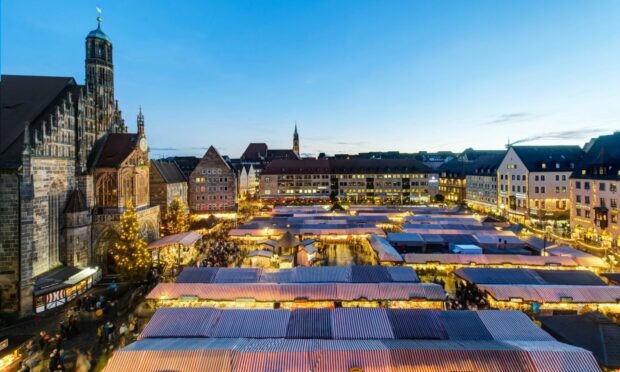
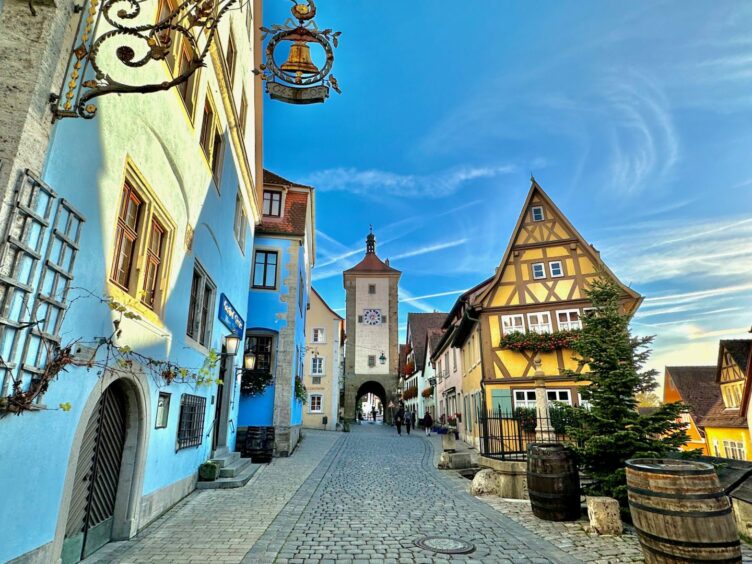
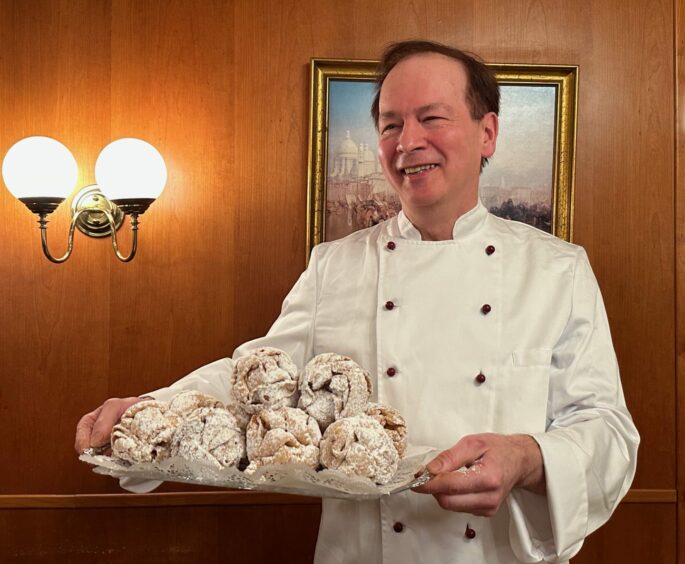


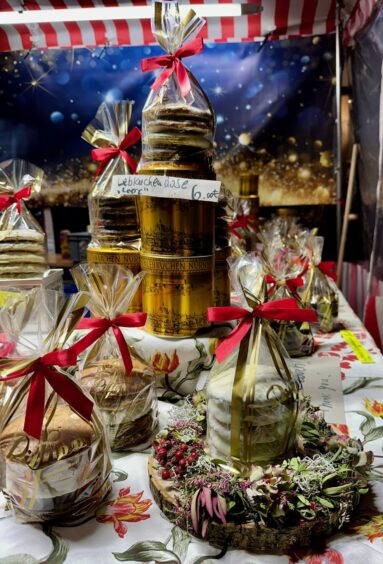
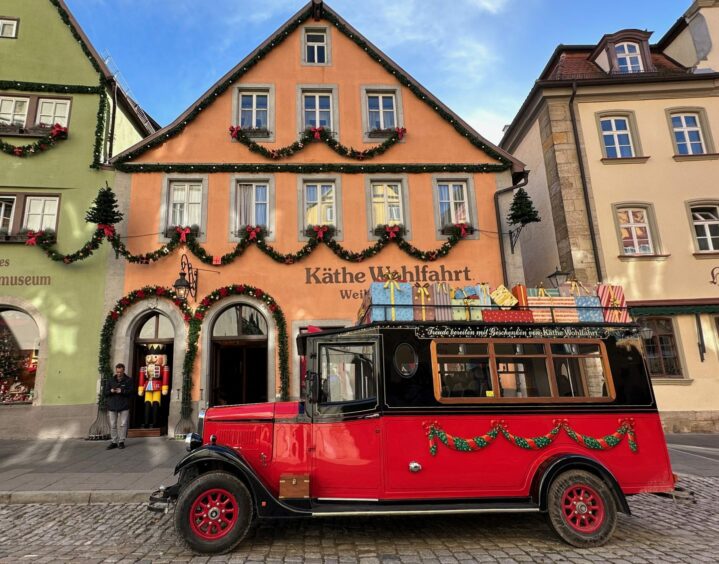
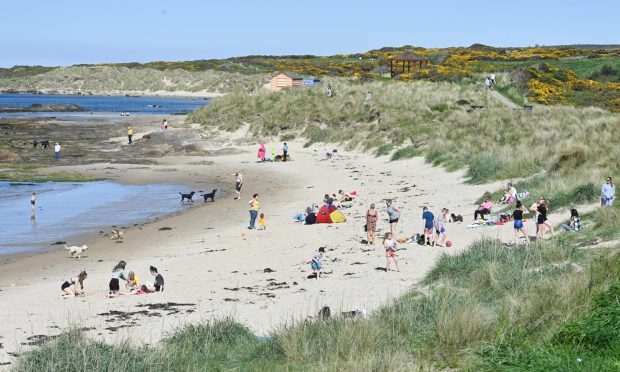
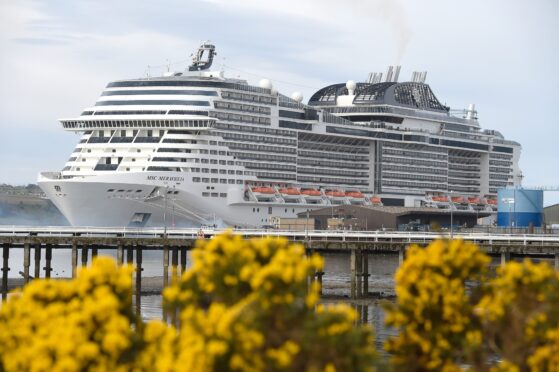

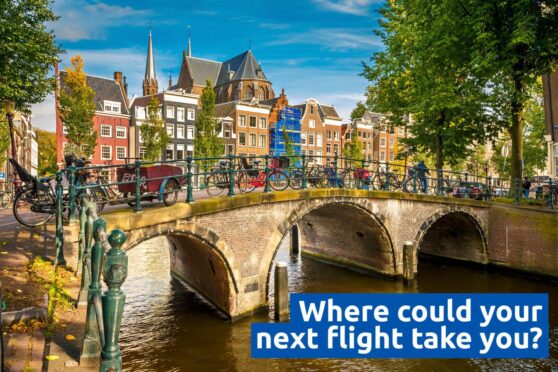
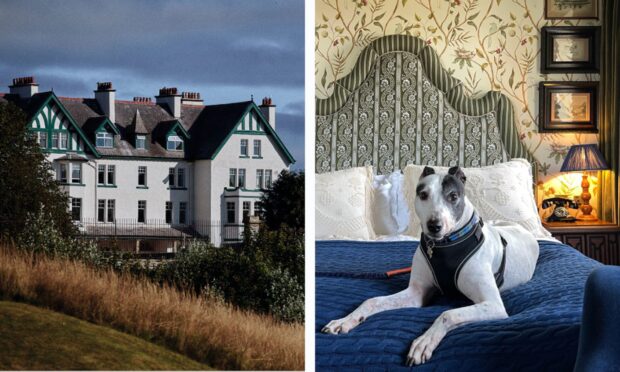
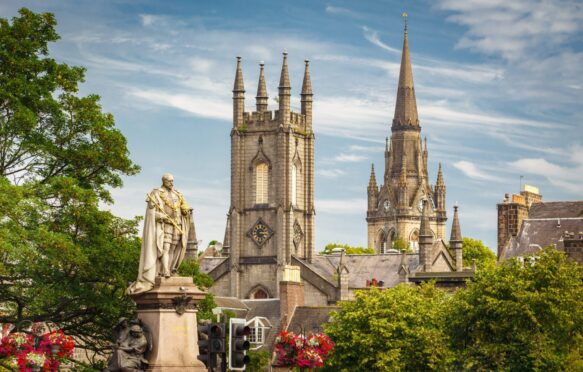
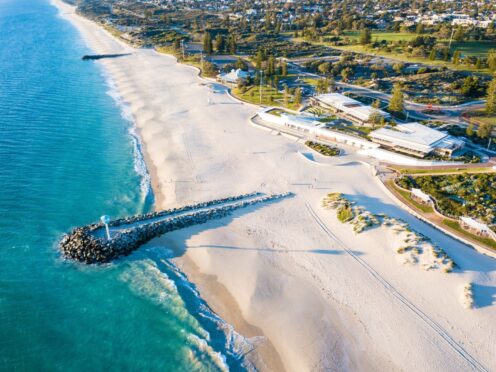


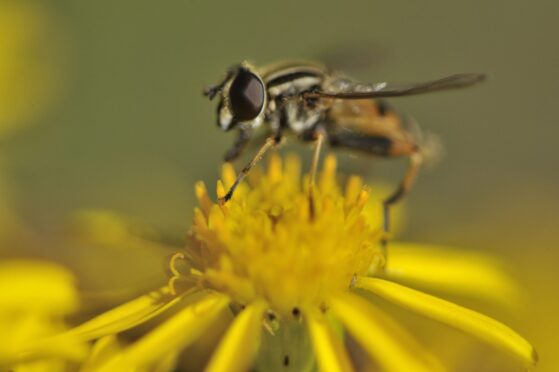
Conversation